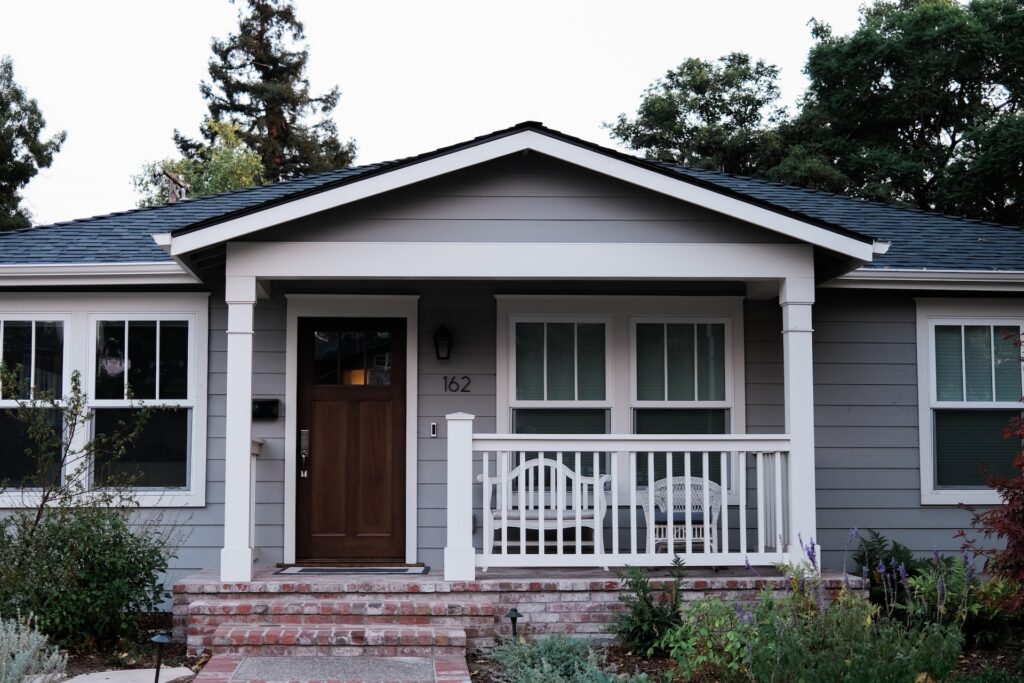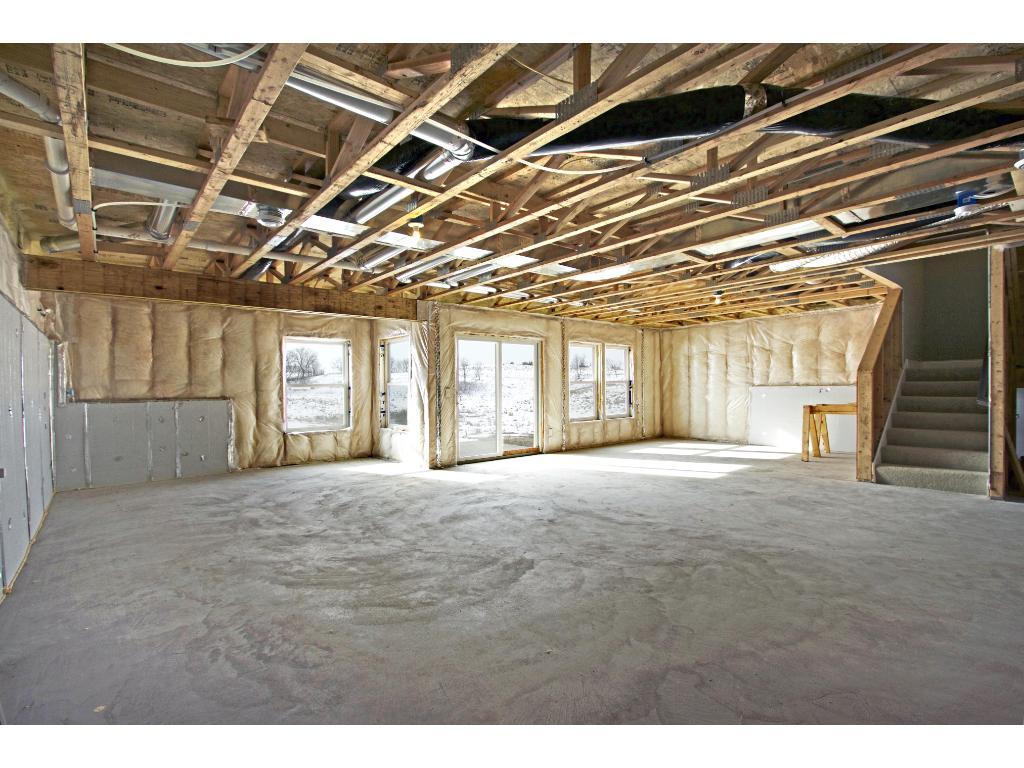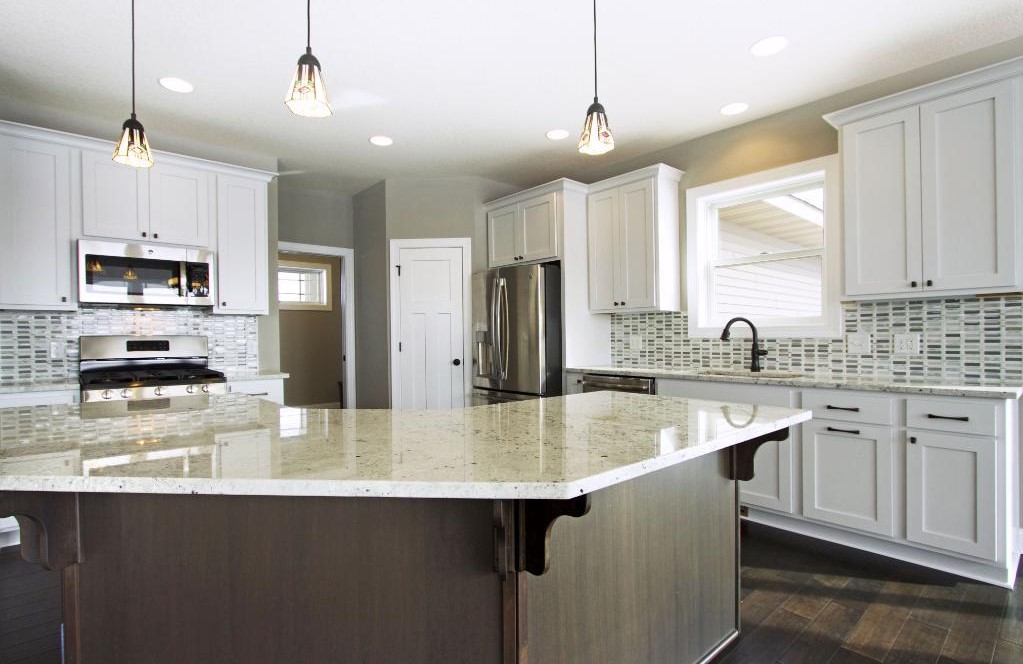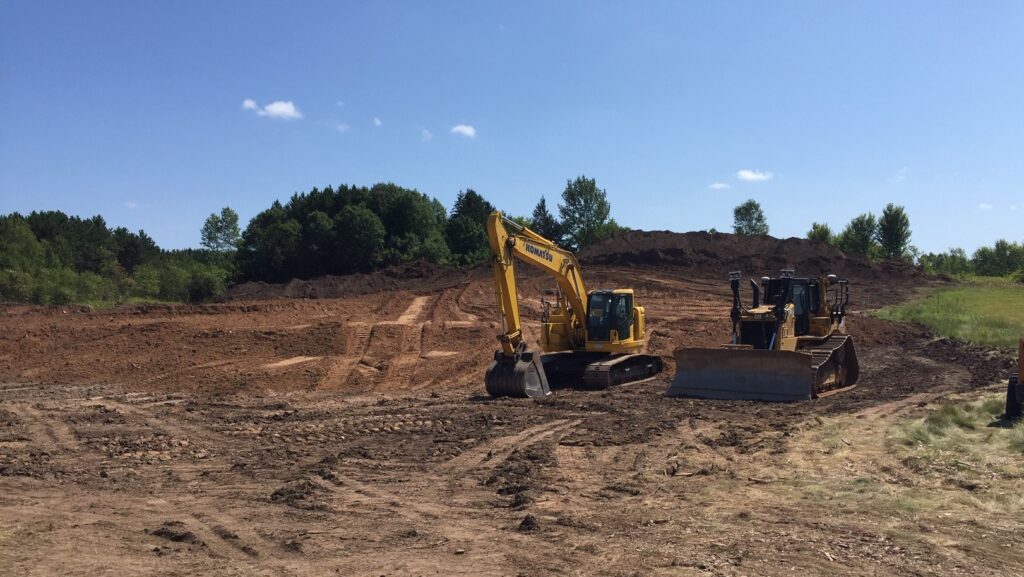Learning how to build a house is easier than you think!
Thinking it may be the time to build? With the ability to customize your home, it’s no surprise that many homeowners are looking into building their next home. However, many people aren’t exactly sure on the steps needed to begin building. Familiarizing yourself with the steps can help make building your next home an incredibly easy task that you and your family will enjoy for years to come!
Homes come in all shapes and sizes for every type of family out there. Whether you’re thinking it’s time to upgrade or you’re looking for something bigger, there are tons of options to consider. But which is the best route for you to go? Purchasing a home, or building one? Let’s dive into your best options!
Purchasing an Existing Home
Like many people beginning the home buying process, you’ll probably start off with looking into purchasing an already existing home. With such a large inventory of previously owned homes on the market, it’s no wonder this is a popular option. Not to mention the idea of remodeling and earning some sweat equity is a tempting option for home buyers.
However, don’t be fooled because purchasing an existing home comes with its challenges. Depending on the original state of the home, you may have to worry about fixing structural and foundational problems, repairing old electrical work, and any existing wear and tear. If this is the case, you’ll be looking at costly repairs to get the home to a livable standard before you even start with the design part of remodeling.
It is also critical to understand that while remodeling and renovating can help redesign your home to your liking, there is a limit. You’ll always be held back by the parts of a home you cannot change, like load bearing walls and roof structure. Even if you carefully plan beforehand, there is always the possibility the home will never check all of your boxes.

Introduction to New Construction
Because of the many limits existing homes have, new construction carries an enticing allure. You can design this new home to fit every need of your family.
The added benefit being that new homes come with free of any worry or issues. Problems that plagued past homes are now non-existent in new homes. No lead-based paint that will need removing or asbestos flooring to be redone.
Additionally, homes have come a long way in terms of energy efficiency. New furnaces with better duct work and A/C units that run cheaper and more efficiency are installed in every new construction home. For all these reasons and more, it isn’t surprising that many people desire the ease that comes with a new home.
How to Build a House
If you decide to build your own house, there are quite a few things you need to know. But, the good news is, we will be breaking it all down so you can have a clear idea of what needs to be done.
Finding the Perfect Lot
Before you can start building, you’ll need to find the perfect location for your home. Finding the perfect lot can be tricky and exhausting, but here are a few items to keep in mind to help you find your future homesite easier!
The first step is to determine what ‘perfect location’ means to you. Every single person has different ‘must-haves’, so it’s important to take a moment to jot down what yours are.
Some questions for you to think about:
- Is there a certain school district you want to be in?
- How close do you want to be to work?
- Do you want a property with acreage?
- Would you want a wooded lot?
- What amenities, if any, would you like close by?
Knowing the answers to these questions can help speed up the process of finding a lot and help you weed out any lots that don’t check all of your boxes.
Once you have found a lot that passes all your location ‘must-haves’, it’s time to figure out where on the lot your home will be built. On smaller lots, this is a much easier task because there aren’t many possibilities. On the other hand, larger lots can pose a far greater challenge. For larger lots, not all areas are suitable for a home and it’s important you know the difference. The soil may be too wet to support a house or certain areas may interfere with existing city ordinances.
For these reasons, it’s a great idea to bring an architect out to the lot to show you all the possible home locations, so you’ll have the confidence your new home will be built to last.
Understanding Utilities
Utilities are another excellent factor to keep in mind. The main question you need to ask yourself is, “Will you be using city water and sewer or installing your own well and septic?”. This important question is one that you’ll want to have figured out well before you start to build.
If you decide to use city water and sewer, chat with the city to figure out where the current city pipes end. It may be the case that the pipes are only installed through the street, and you’ll be responsible for the cost of connecting pipes to the house. This isn’t always the situation, but it’s a factor of house building that many people don’t take into consideration and can be a costly oversight. Especially if your home is placed deeper into the lot, you may be looking at high installation prices.
For larger lots, installing well and septic tanks are a popular choice and, depending on the city, sometimes the only option. If you choose to install your own water well and septic, make sure to bring a licensed professional out to the lot to determine proper well and septic tank placement. It’s important the location of the well and septic do not interfere with the home placement you have already picked out.

Designing your Home
You’ve found the perfect lot for your future home and now you are ready to start designing. This is a good time to walk through other homes so you can get a feel with how you want your home to be. Are you looking for a rambler? Or maybe a split level? How about a 4-story split? Familiarize yourself with all the possibilities out there so you can design the perfect home for you.
Once you have a good idea in mind, it’s time to chat with an architect to bring your ideas to life. An architect can help determine what style and layout will best suit you and your family. You can bounce ideas and possibilities around with the architect and will go through a few rounds of revisions until you’ve settled on the right one. The architect will provide you with a blueprint of your home; a necessary step to start building.
If you aren’t looking for all the customization involved with an architect, another popular option is to purchase pre-made blueprints online. There are many online sites that allow you to browse blueprints and some builders in your local area may have this as an option as well.
These blueprints come in standard designs with a few options to customize. This can include additional rooms and features, such as fireplaces. This is a well liked option because you can still get the customization most people desire without the expensive cost of hiring an architect.
There may even be a builder in your area that specializes in this type of home building. If they do, most of the time you will also have the option to choose from a variety of finishes for your home as well.

Building Your New Home
You have the lot, the blueprints, and now you are anxiously awaiting to see your home in person! At this point, you’ll have to make the decision on exactly how to build a home and luckily there are a few options you can take.
Hire a Builder
The easiest and less stressful option out there is to hire a builder. Once you have secured the lot, you can choose a builder of your choice, pick one of their floorplans, and you’re done! The builder may even have a model of your floor plan already built, so you’ll have the option to walk through the home before it is built and make sure it is the one for you. Once you pick the floorplan, your hard work is done. The builders will take over all aspects of building the home and all you’ll get to do is sit back, relax, and watch your home being built before your eyes.
During the building process, the builder will likely conduct regular inspections to make sure timelines are met and the home is being built correctly. At the very end, you will do a final walkthrough of the home to make sure everything is up to your standards. This will usually take place a few days up to a week prior to closing to allow the builder time to correct any defects, if necessary. Once the home passes your inspection, you’ll attend the closing and walk away with the keys. It doesn’t get much easier than that!
Hire Independent Contractors
If you are feeling particularly confident with the home building process, you can choose to oversee all aspects of the build yourself by hiring independent contractors. To do this correctly, you’ll need to have a good understanding of the home building process and timeline.
You won’t be able to paint the walls if the walls aren’t up yet! Knowing when to schedule each independent contractor will require a thorough understanding on how long each one will need to complete their projects. This is not a task to be underestimated. Often independent contractors are scheduled out far in advance, so you’ll want to get a jump on scheduling as soon as you can.
It is also a good idea to have someone, ideally yourself, on the site monitoring the work. If you work a full time job, be prepared to take some time off to conduct regular walkthroughs of the home with the contractors. Without a project manager, you are solely responsible for the work of the contractors being completed on time and correctly.
Do It Yourself
Ever heard of sweat equity? You may be feeling confident and think that you can handle some if not all of the home building process in order to save some money. While learning how to build a house can in fact save you some money in the short term, there is a whole lot to take care of.

Aside from actually building the home, you are solely responsible for knowing and adhering to city codes and ordinances. Delaying or failing the inspection can result in a building permit being revoked, so this step should not be taken lightly.
Of the people that do have the DIY bug, many combine that with the help of independent contractors for the projects that require a skilled, licensed person for. Many do not wish to risk the safety of their family in their new home and will use independent contractors for the large scale projects.
These may include:
- Excavation of the foundation
- Pouring the foundation
- Framing the house
- Sheetrocking the home
- Installing plumbing and electrical work
- Installing major appliances and air ductwork
Some on the smaller scale project with less risk include:
- Painting the interior of the home
- Installing light fixtures
- Installing doors and hardware (cabinet and door handles, mirrors in bathrooms, closet organization, etc.
- Laying down flooring
- Completing exterior landscaping
No matter what route you decide, you’ll have to arrange for multiple final inspections through the city and depending on your type of financing, from your lender as well. If your home passes, you’ll receive a certificate of occupancy. If there are defects found during this inspection, the city may request a follow-up inspection to ensure the issues are corrected.
Getting the Most Out of the Home Building Experience
Building your very own home is an exciting process, and understanding how the process works can help ease any stress you may have. Hopefully you can have a better understanding of the different options available to you and the pros and cons associated with each of them.
If you want to break ground on your home building experience, contact our team today! We would love to help build your new home!

